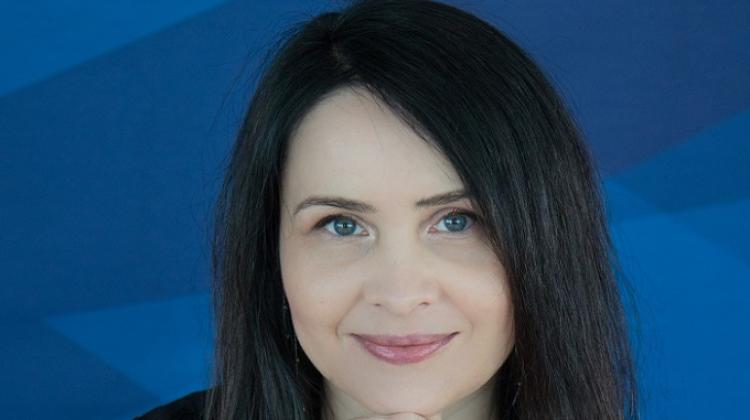Physicists come to the aid of banking systems
 Photo: Fotolia
Photo: Fotolia
Physics can help describe the "behaviour" of banking systems. Economists and physicists from the University of Warsaw and the Warsaw School of Economics are preparing an innovative banking system model, which will determine whether the system is doomed to collapse and how to prevent such a black scenario.
"The financial crisis has showed the crucial role of financial stability and the need to minimize systemic risk. Currently, both the supervisors and the central banks in the European Union intensively develop tools for testing the financial problems contagion effect in the banking system. Such models are already in use, for example by the Polish National Bank and the Financial Supervision Commission" - told PAP Dr. Tomasz Gubiec from the Faculty of Physics, University of Warsaw.
One disadvantage of the currently used models is that they are based on too rigid assumptions and are rarely prepared on the basis of reliable, hard data. "For example, although the level of commitment of the bank to other banks is known, the economic structure of these obligations is not clear. Most models assume that those obligations are divided equally among the banks in the system. It is a pretty big approximation. In our system, we will have a real network of associations between banks" - Gubiec told PAP.
Another disadvantage of the current models is the lack of time variable. "They assume that when a bank goes bankrupt, then in the second step its financial problems spread to the banks that loaned it the money. In the next step - to the next. We would like to add the time factor, taking into account that the banks\' liabilities to various institutions, have different maturities and, for example, under normal market conditions, short-term loans usually are associated with a lower risk" - noted Dr. Gubiec.
His team at the University of Warsaw prepares an innovative model of the banking system, which will help determine whether the financial system is doomed to collapse, and if so, whether such a black scenario can be prevented. Scientists want to improve the existing models, starting with the Polish banking system model. It will be a computer simulation, which takes into account a range of data and indicators.
"As the largest banks operating in Poland are listed on the Warsaw Stock Exchange, based on their quarterly reports we will know the amount of their obligations to other banks and financial institutions. Our model will be based on the actual network of credits, among others. The model will also take into account changing levels of interest rates and stock market trading. Since we have relatively few banks, and our stock market is medium sized, the task will be a bit easier" - emphasised Dr. Gubiec.
The researcher assumes that there will only be a few parameters that users will need to adjust in the computer model. They include "the fear effect" that occurs when a bank goes bankrupt. A model can not predict the political phenomena and decisions concerning the collapsing bank.
Physics can be extremely helpful in the analysis of such models. Therefore - in addition to economists - physicists will be involved in the development of the model. "They will address the description of phase transitions. For physics the banking system transition from the state of proper functioning to the state, which we call financial crisis, looks like another well-known phase transition, for example ice turning into water" - explained Dr. Gubiec.
He clarified that a physicist looking on the banking system, on the one hand sees the phase in which all banks operate fairly smoothly. On the other hand, the phase in which they cease to function properly and financial collapse occurs. "Physicist must answer the question of how the transition occurs between these stages. Is an external factor - for example political factor - causing transition from one phase to another. The second possibility is that the internal dynamics of the system results in such transition" - he described.
If the scientists observe the latter, it will mean that the financial system will move toward financial collapse regardless of the situation and normal developments in the world of economics and finance. "We attempt to answer the fundamental question: whether financial crises are inevitable in the given system and to what extent they are the result of endogenous and exogenous factors. Our model will not predict when the crash will occur, but it will estimate the probability of its occurrence in a particular period. It can also hint what can be changed in the banking system to prevent such events" - explained Dr. Gubiec.
To prepare the model, he received 120 thousand zlotys, having won the Inter competition of the Foundation for Polish Science.
PAP - Science and Scholarship in Poland, Ewelina Krajczyńska
ekr/ agt/ mrt/
tr. RL
Przed dodaniem komentarza prosimy o zapoznanie z Regulaminem forum serwisu Nauka w Polsce.

















